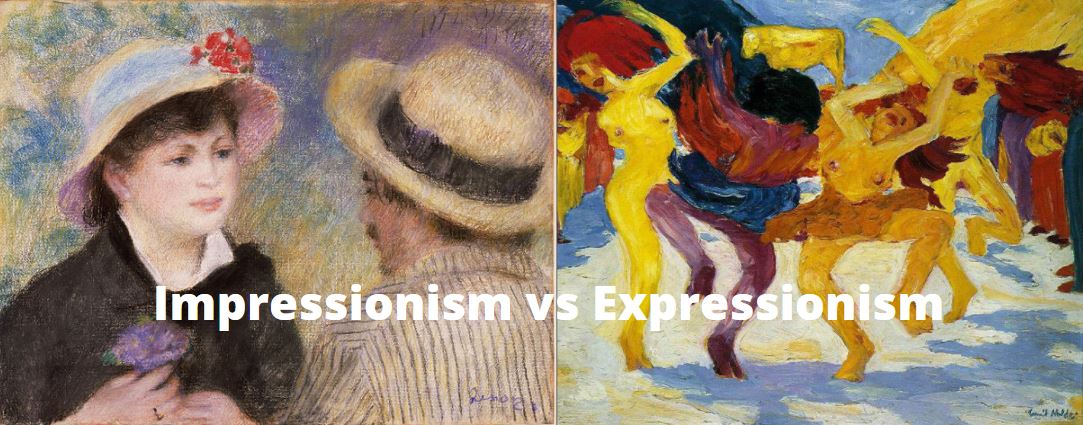Although they may sound similar Impressionism and Expressionism are very different types of art.
Impressionism is an art style that lasted roughly two decades in the latter half of the 19th century, but Expressionism might accurately be described as the opposite of Impressionism in a sense.
The two art movements developed in Europe, but have stark differences in the tonality and methods in which they were created.
Impressionism traces its roots back to the Realism movement that was widely spread across Europe during the 1800’s, especially in France and England.
Expressionism sprang up in Germany decades after Impressionism had run its course for Europe’s most popular art centers.
| Aspect | Impressionism | Expressionism |
|---|---|---|
| Time Period | Late 19th century, 1870s-1880s | Early 20th century, 1905-1920s |
| Style and Technique | Loose brushwork Short, visible brushstrokes Bright color palette Emphasis on light effects | Distorted and exaggerated forms Bold colors Strong brushwork Dramatic compositions |
| Subject Matter | Everyday life Landscapes Natural light | Inner turmoil Anxiety Alienation Emotional intensity |
| Representation | Surface appearance Impression of a scene | Inner psychological states Distorted figures Symbolism and abstraction |
| Key Artists | Claude Monet Pierre-Auguste Renoir Edgar Degas Camille Pissarro | Edvard Munch Egon Schiele Wassily Kandinsky Ernst Ludwig Kirchner |
Impressionism vs Expressionism
The main difference between impressionism and expressionism is that impressionism captures the essence of a scene through careful use of light while expressionism uses vivid colors to convey the artist’s subjective emotional response to that object.
The main differences in both styles have more to do with the emotional response in which they were aimed at invoking rather than the style of brushstrokes or coloration used on canvas.
Impressionism Defined
Artists across Europe had long been known to paint in a style known as Realism during much of the 18th and 19th centuries.
Realism was based on painting the natural world around the artist in the most accurate way possible in order to capture the moment in time rather than try to alter its appearance based on the artist’s feelings or beliefs or those in which the artist wished to impose upon the viewer. Many artists would paint various scenes depicting social settings or activities, as well as natural landscapes.
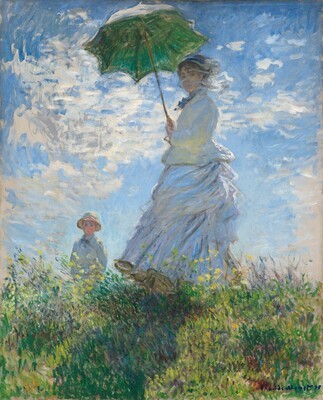
Both Impressionism and Realism have very similar roots as the most prominent artists of the Impressionist style learned from and sometimes painted in the genre of Realism.
Some of the most well-known French artists are impressionists and they developed their own personal styles of Impressionist artwork that sought to depict the world around them and focused more closely on how that particular scene appeared at first glance instead of the actual minute details of each part of the work.
Many Impressionist artists worked to paint scenes in a way that captured the fleeting beauty of each landscape, social gathering, or other activity that was the focus of their work.
The term Impressionism was derived from a painting that was done by Claude Monet titled Impression, Sunrise. The work focused on a calm sunrise over a still harbor which featured a few small boats with other, larger boats in the background.
Many art critics saw the term Impression in the painting’s title as an ideal description of the subtle impression left on the viewer by the warm colors representing the sun’s first peak over the horizon as it shines through the misty morning harbor.
Impressionists and Their Works
Some of the most famous Impressionist painters were well known for their use of colors that depicted the sunlight’s effects on various scenes which featured landscapes and certain locations in France.
Pierre-Auguste Renoir was famous for his skills as a colorist and many of his works focused on scenes from Paris which were adorned with a wide variety of vibrant colors, bright atmospheres and radiant tones. The artist was most focused on subjects that included cityscapes and the female form.
Claude Monet is perhaps most well-known for his work Impression, Sunrise, but he also painted many other works that were noted as some of the most famous French paintings in the Impressionist movement.
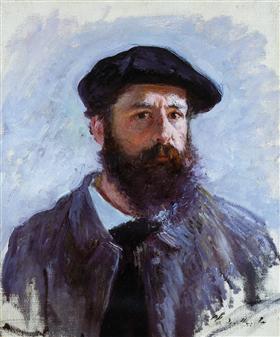
He is considered one of the founding fathers of Impressionism and is known for broad fields of color that portray various landscapes and scenes from throughout France. Many of his most notable works contain a wide combination of contrasting and complimenting colors.
Edgar Degas is perhaps most well known for painting scenes featuring parts of Paris or life within the city during the mid-1800’s. He also focused heavily on the female form, as well as depictions of the human form in general engaged in various actions such as singing, dancing, and playing different sports.
Degas often experienced disapproval of many of his works as they featured individuals who were considered to be part of the Parisian lower-class and not necessarily worthy of being the focus of such beautiful works produced by the artist.
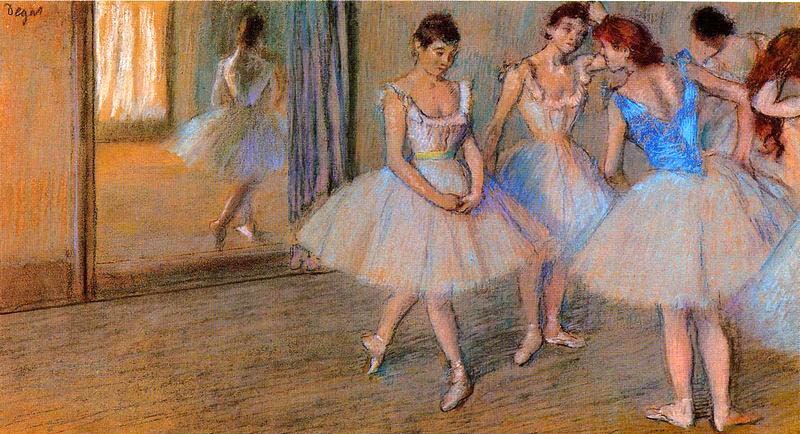
Other famous artists enjoyed focusing their efforts on the various portrayals of Parisian life and its many activities and customs. Eduoard Manet often focused much of his efforts on painting the female form, but some of his most prominent Impressionist works centered on everyday life for common people in the city of Paris.
The people of Paris would often gather at various places throughout Paris and the outskirts of the city to sing, dance and enjoy one another’s company. Some of his most notable works include Portrait of Berthe Morisot, A Bar at the Folies-Bergere, and Concert in the Tuileries Gardens and Roadmenders in the Rue de Berne.
Expressionism Defined
Expressionism is widely considered more of a modernist movement that focused more on the artist’s inner feelings than the subject matter themselves and their actual appearance.
Some of the most famous Expressionist works feature scenes that have been distorted to the point that some viewers may have trouble actually understanding what the subject really is.
This style of art began in the latter portion of the 20th century when Impressionism had mostly run its course throughout most of Europe.
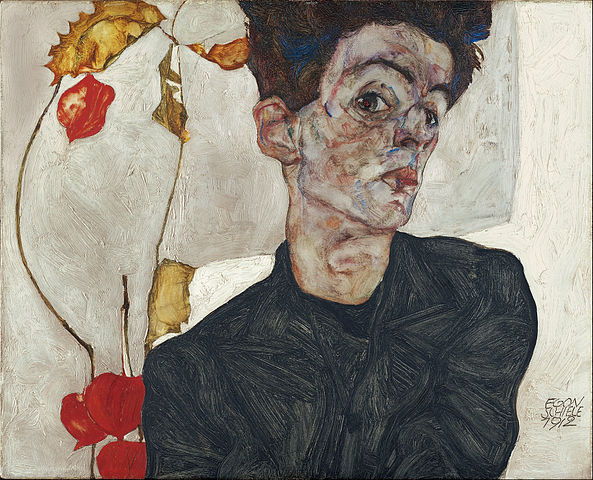
For many artists, the purpose of Expressionism was to evoke a sort of emotion from the viewer, or to communicate the painter’s inner feelings in a way that helped the viewer understand them and see them in the same way the artist did.
Their goal, in many cases, was to express the meaning of their emotional reaction to various experiences rather than what the subjects actually looked like in reality.
This was a clear departure from Realism paintings, which had held a strong grip on Europe’s artists for the previous two centuries before Expressionism came to prominence.
The Nature of Expressionism
The movement began to take shape in the late 1800’s, but truly developed during the first few decades of the 20th century in Germany and other parts of Europe.
Expressionism was a totally new style that was largely misunderstood by many art critics when it first emerged. It began as a form of painting that portrayed the emotions of the artist, but would later spread and take root in other mediums such as music, literature, theater, and film.
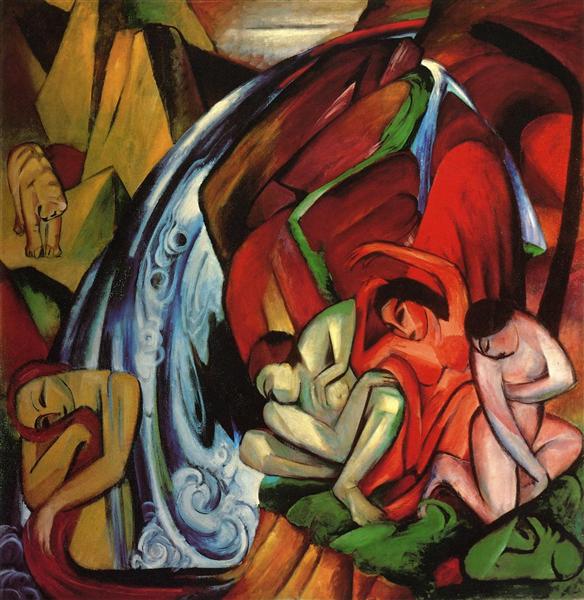
Some of the most famous Expressionist works in history were centered around feelings or sensations of anxiety or a deeply-seated sense of dread connected to the outside world. This is sometimes described as a reactive measure against the positive nature of Impressionism that was especially popular in the decades immediately preceding Expressionism.
Many artists at the time sought to paint in a different way than their predecessors did, which led them to explore the use of intense color combinations and tones that clashed with one another and made the viewer feel some sort of uneasiness that the artist meant to share as part of their own emotional experience.
The term Expressionism was given to the art movement of this time after critics noted a series of paintings by Julien-Auguste Hervé titled Expressionismes. The moniker stuck with the movement and other artists began to identify with the sense of Expressionist art that sought to portray their own inner feelings and emotions about a certain subject instead of just painting the subject itself.
Many art critics and historians credit the German philosopher Friedrich Nietzsche as having a heavy influence over the beginnings of Expressionism and the concept that would take hold in Germany.
Psychologist Sigmund Freud and other notable figures from German and Austrian culture would also have a great effect on the development of Expressionism, as well as the way in which the artists sought to work out their own feelings about a certain subject.
Expressionists
A group of German artists formed in the city of Dresden in 1905 which were led by Ernst Ludwig Kirchner. They would later become known as Die Brücke (the Bridge) and were credited with spurring the Expressionist movement and leading to the art style taking hold in Germany and other parts of Europe.
Another, similar group of artists formed in Munich in 1913 during the time when Expressionism was truly taking shape as an art form. They would become known as Der Blaue Reiter (The Blue Rider).
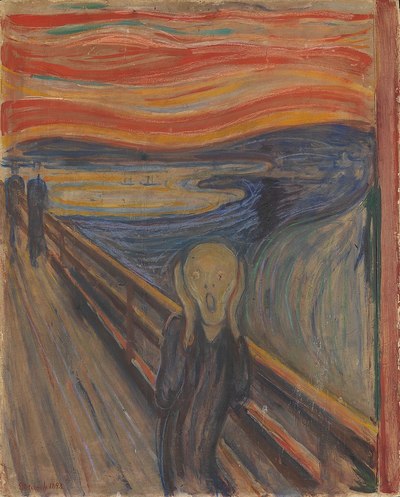
Edvard Munch is perhaps the most famous Expressionist artist as his work titled The Scream has long been known as the most iconic painting from the movement. The painting features Munch himself in a state of panic and fear as he experiences what he described as the ‘scream of nature’ after his friends, who can be seen in the background, left him on a bridge.
It is unclear whether this event actually took place, or if Munch was attempting to create a setting that described his own inner feelings about the world around him.
Kirchner was widely considered one of the most famous Expressionist artist of the early 20th century. He painted scenes that depicted various figures in wide, stretching forms that were full of vivid, often contrasting colors. His work titled Street, Berlin was done in 1913 at the height of the Expressionist movement in Germany.
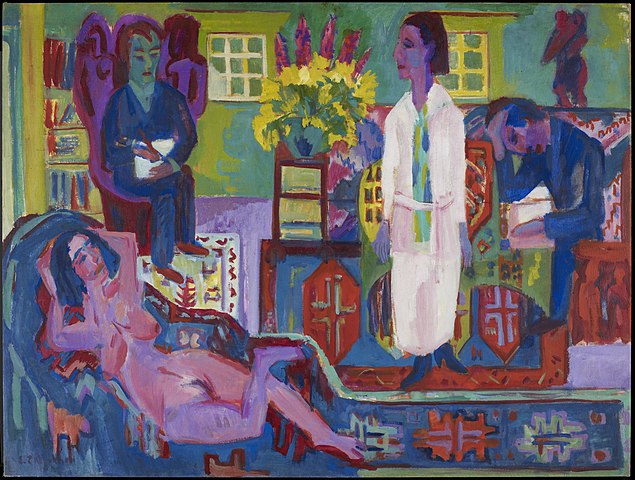
The painting features a group of people walking along a street in a German city, their bodies warped and stretched into an elongated form, their faces nearly indistinguishable from one another.
This is thought to have been a representation of Krichner’s emotional reaction to wandering the streets of Berlin at the time, which were often crowded with individuals that were dressed in the same manner.
Perhaps the most well-known artist who painted in an Expressionist form(although predominantly a Post-Impressionist) was Vincent Van Gogh. His life was a vicious cycle of happiness and despair as he spent years inside various asylums in France in order to treat his mental illnesses that often manifested themselves in ways that caused him to be self-destructive.
The artist is famous for cutting off his own ear in a fit of desperation on day. He would later paint a self portrait of himself with a bandaged ear that became iconic and closely associated with the most famous works of Expressionism.
Many of Van Gogh’s most famous paintings centered on flowers and other parts of nature that were too often overlooked by others, according to Van Gogh himself.
He painted the intense and vibrant colors of flowers in a way that accentuated their own flowing beauty. Many times, he would paint in a way that used swirling or curving brush strokes in order to further enhance the natural movement of the wind or other natural elements.
Although he painted with an expressionist style Van Gogh is a post-impressionist painter for the most part.
When comparing Impressionism vs Post Impressionism the former uses much more natural color tones and a strict avoidance of pure black where as post impressionist painters used much brighter colors and did use black.
Conclusion
The two art forms can be compared and contrasted in a variety of ways based on their initial appearances, but the true differences in Expressionism and Impressionism were based in human psychology.
Both art movements are based on the state of emotion of either the artist or the viewer, or both in some cases. These two art styles have played a major role in the development of contemporary and modern art as a whole and continue to be connected to many artistic mediums that trace their roots back to both Impressionism and Expressionism.

